Analog vs. Digital PEMF machines
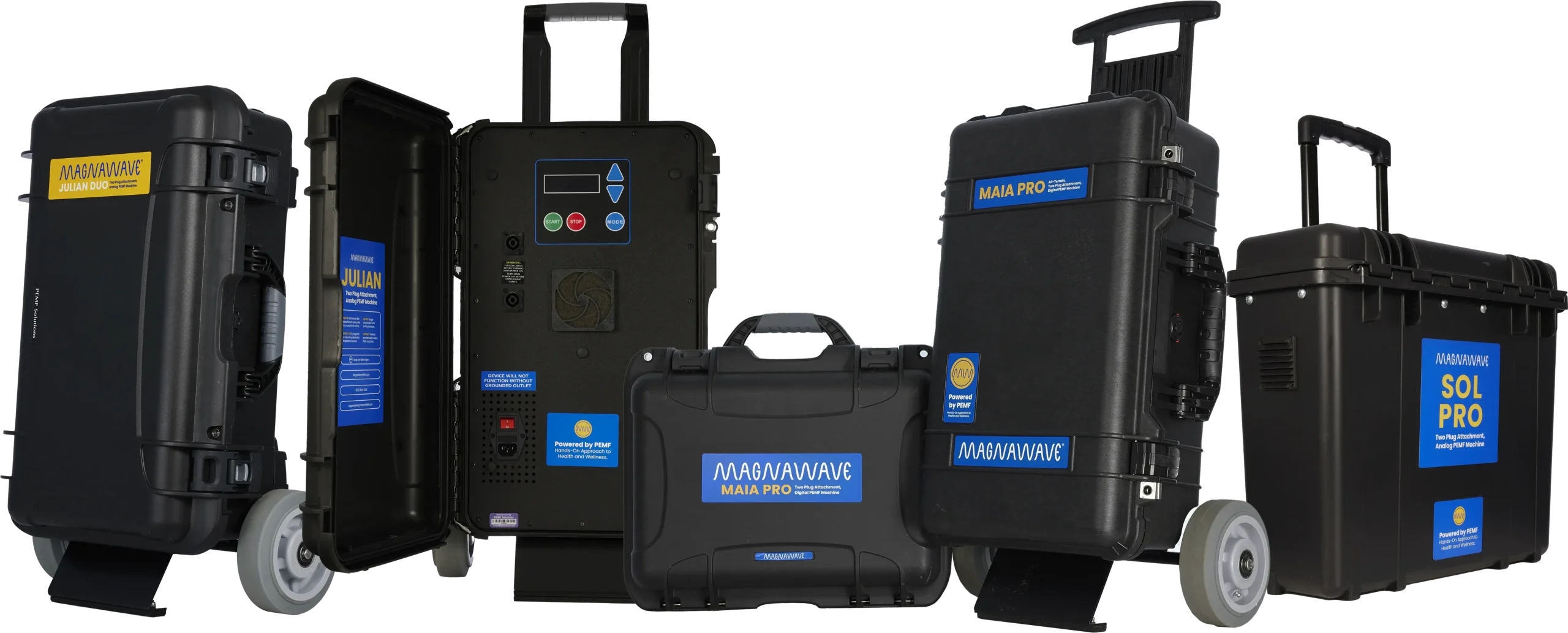
Learning the Difference
MagnaWave manufactures two types of PEMF (Pulsed Electromagnetic Field) machines: Analog and Digital. Both machine types deliver a high-powered PEMF signal into the body. The main difference, however, is how they generate that PEMF signal.
MagnaWave’s analog machines (Sol Pro, Julian, and Julian Duo) use a spark chamber to generate electromagnetic pulses, while MagnaWave’s digital machines (Spiro Klick, Semi 10, and Maia Pro) use solid-state electronics to generate electromagnetic pulses.
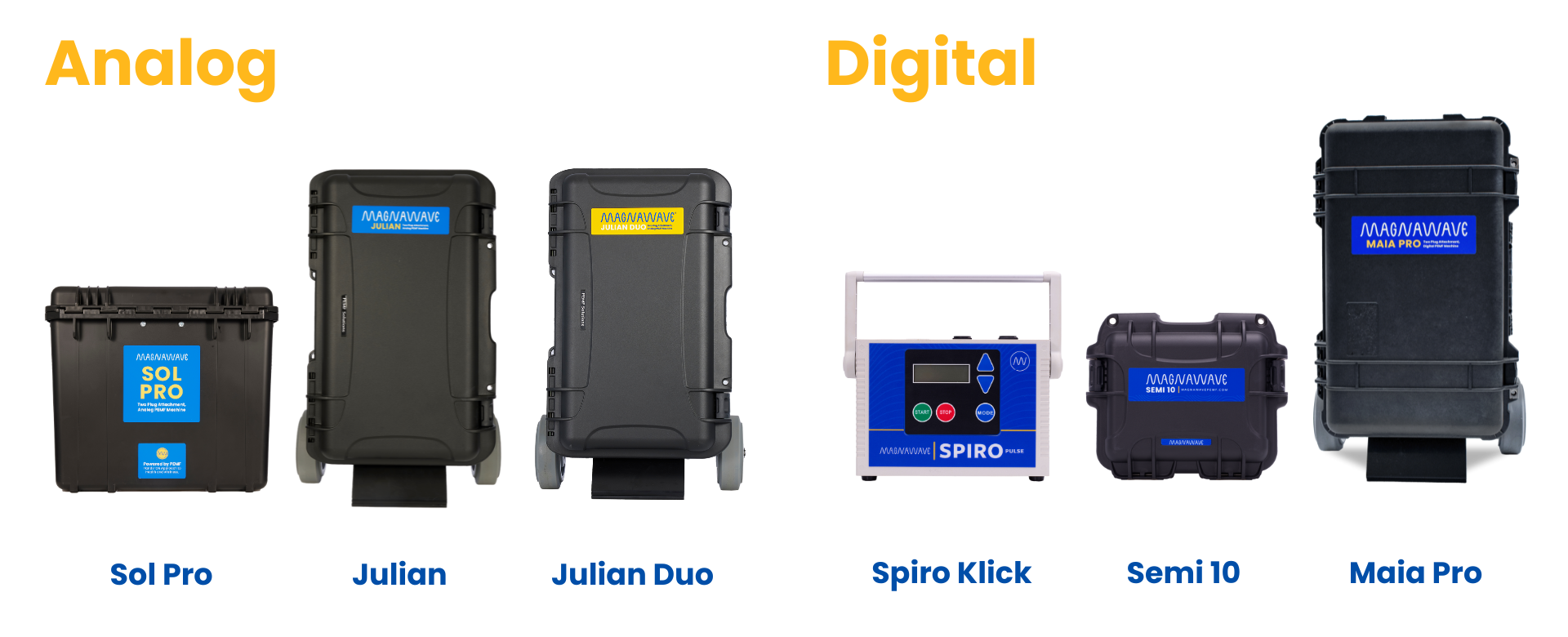
Analog Machine: How it Works
An analog machine has 4 components: a power source, a capacitor, a spark chamber, and an attachment.
The Capacitor
A capacitor is an energy storage device. When it connects to a power source, the capacitor charges up to the desired power level, then empties its energy into the spark chamber where the electrodes regulate the energy.
The Spark Chamber
The spark chamber contains two electrodes that move closer together or farther apart depending on the machine’s setting. If the electrodes are closer together, they generate a weaker spark. If they’re farther apart, they generate a stronger spark. The separated power builds until it hits a level that will cause a spark to jump between the two electrodes. When this occurs, the generated power travels out of the machine and forms the field in the attachment loop.
The Attachment
Once the signal forms around the attachment coil, a pulsed electromagnetic field (PEMF) forms, and it’s applied to the body. The PEMF signal penetrates the surface, increasing blood oxygen levels, and stimulating cellular metabolism. The PEMF frequency and intensity depend on the settings of the machine and the attached coil.
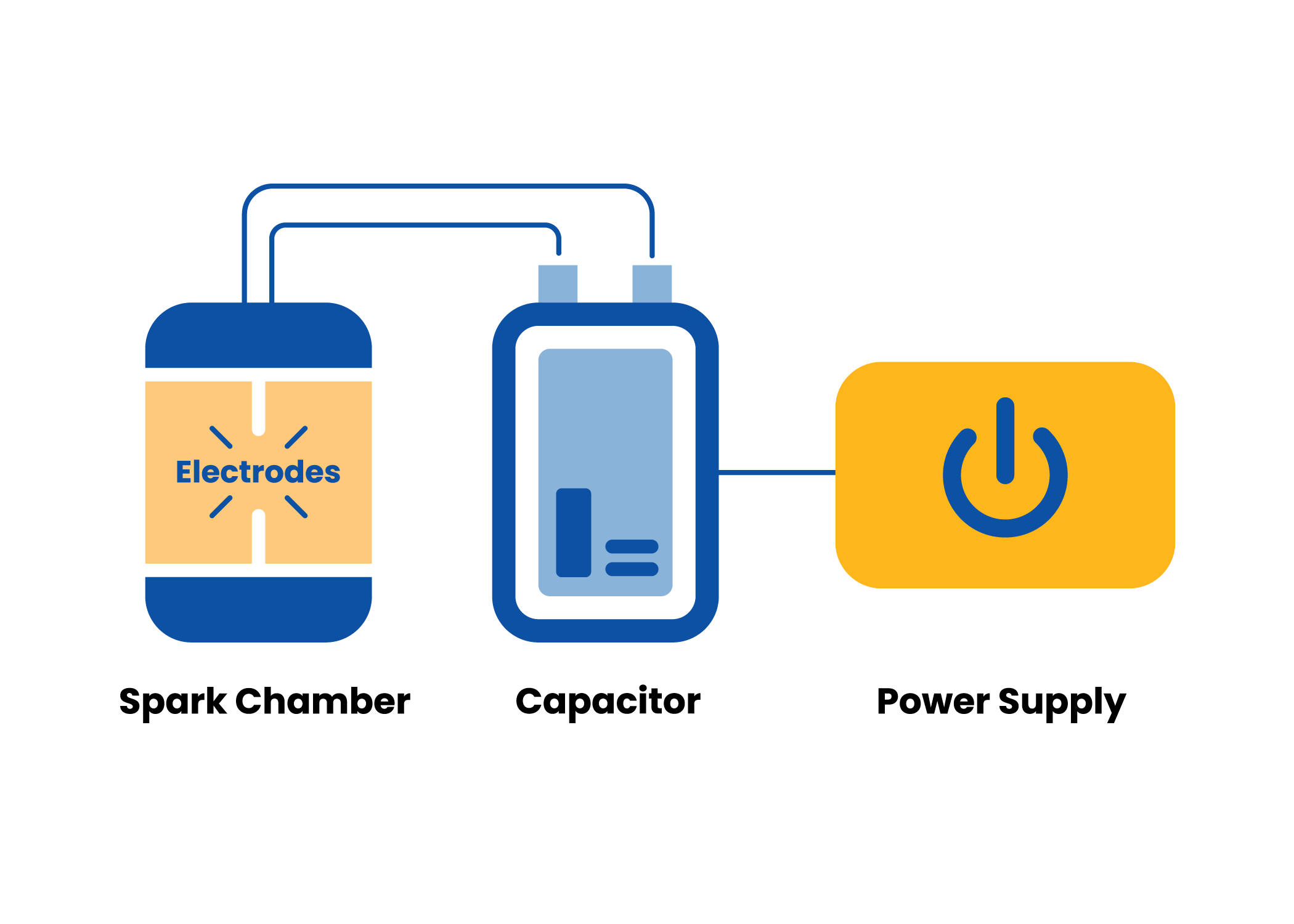
Digital Machine: Functioning Without a Spark Chamber
A digital machine has the same components as an analog machine, except instead of a spark chamber, it has an electronic switch and a controller.
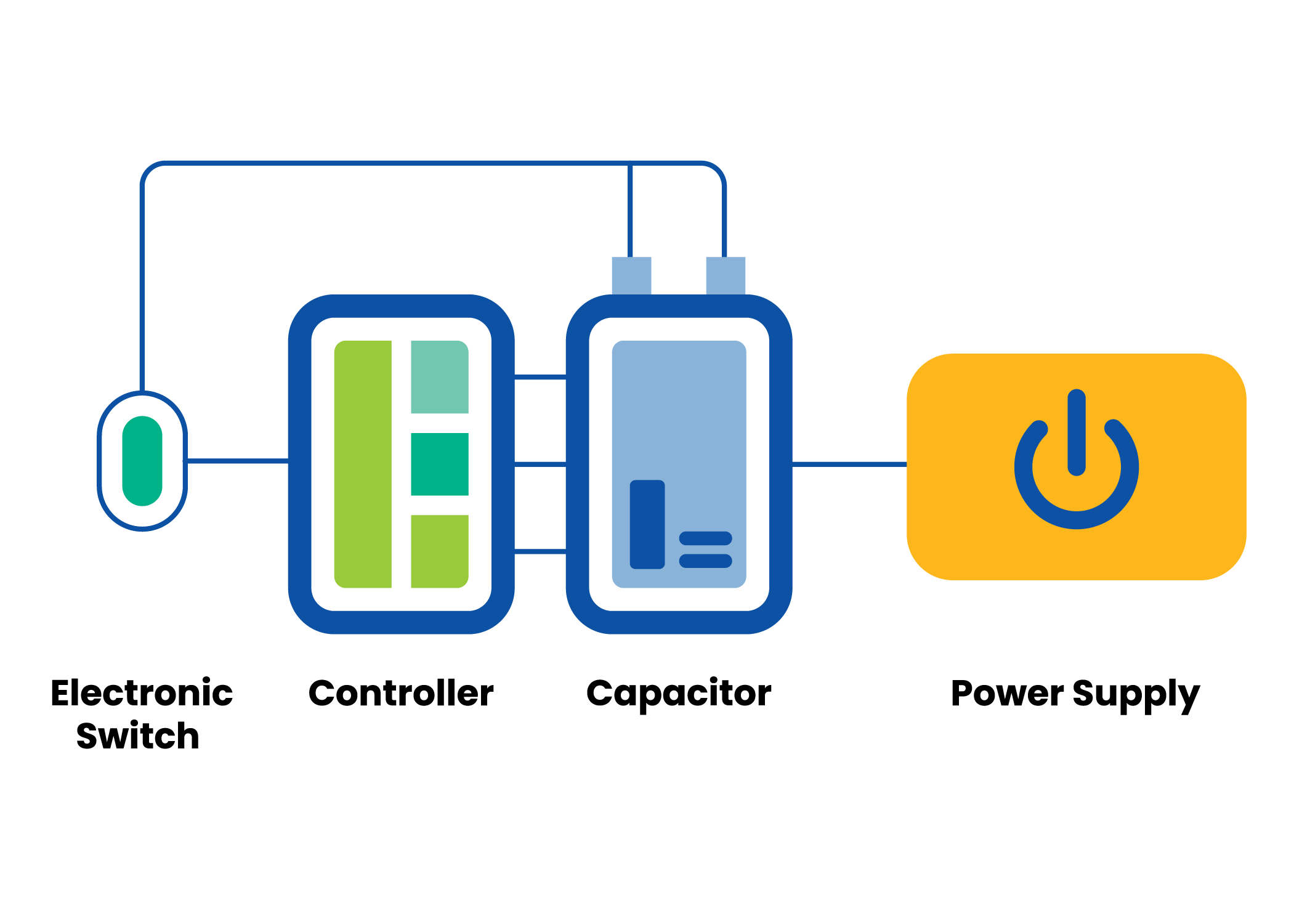
Controller and Electronic Switch
Like analog machines, digital machines use a power source and a capacitor to build and store power. Instead of using a spark chamber, however, digital machines have a controller and an electronic switch to control that power.
Once the capacitor connects to a power source, the controller signals the desired power level. After reaching that set power level, the capacitor closes an electronic switch, transferring all its energy energy to the attachment coil. From there, the energy forms a circle around the attachment loop, delivering the PEMF signal to the body.
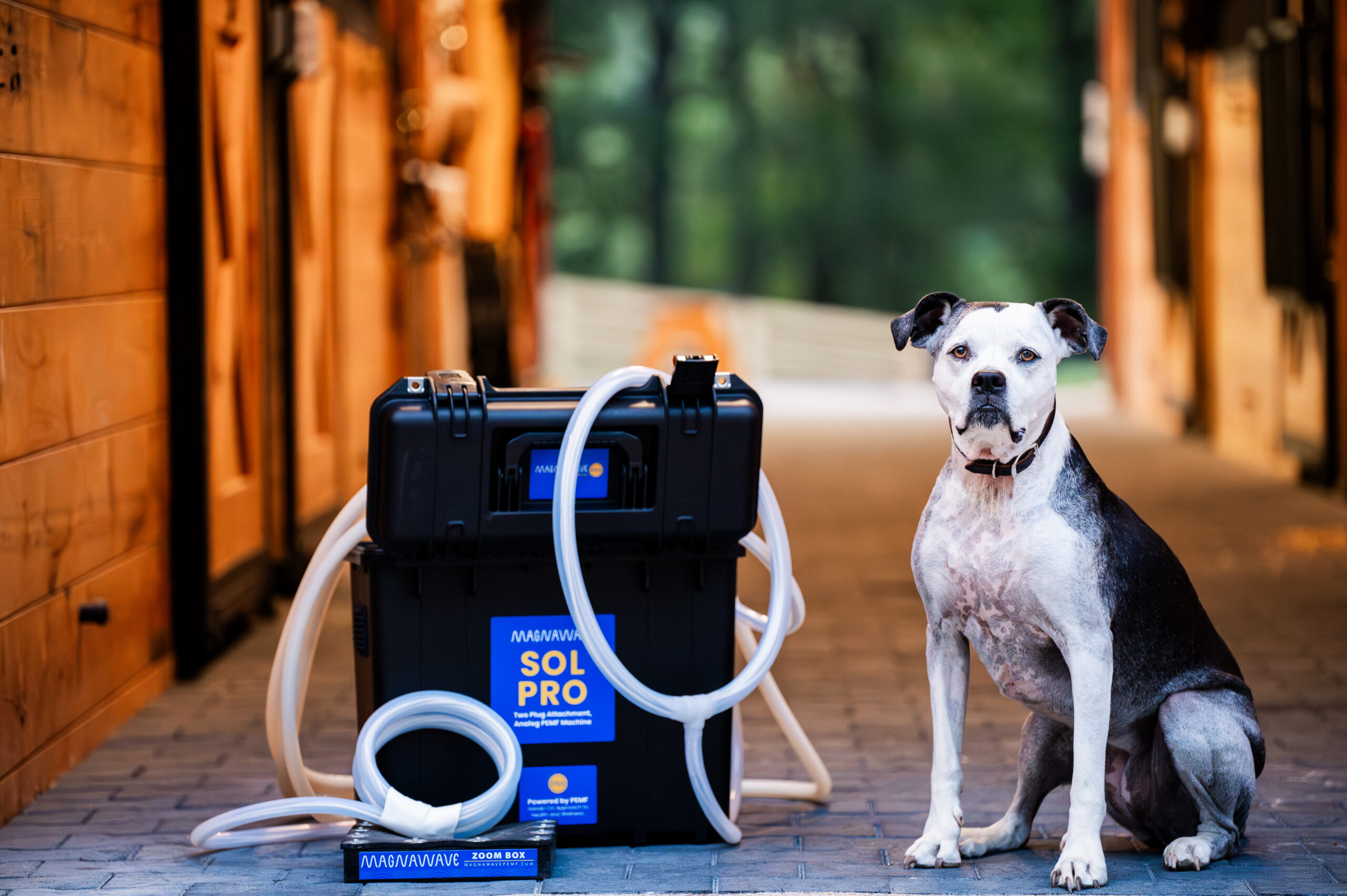
Analog vs. Digital: Which is better?
This comes down to preference. Both analog and digital machines create high-powered PEMF and deliver the same results. The only difference between them is the feeling of their pulses. We like to describe the feeling of PEMF using the analogy of a pencil poking your muscle. Analog machines create a sharper feeling pulse, like the tip of a pencil poking your muscle. While a digital machine creates a duller feeling pulse, like the eraser of a pencil poking your muscle.
Power Level by Size
Why do we have 6 different machines? The simple answer is power. Each machine has a different power level depending on size. Larger machines like the Julian and Maia Pro have higher power and therefore require shorter session times to achieve the same results. Larger machines are built to withstand back-to-back sessions, making these machines perfect for practitioners looking to do quick, efficient sessions multiple times a day. For this reason, we recommend larger machines for those looking to start a business using PEMF. Smaller machines like the Spiro Klick and Semi 10 still achieve the same results but may require longer session times. We recommend smaller machines for people looking for personal-use devices.
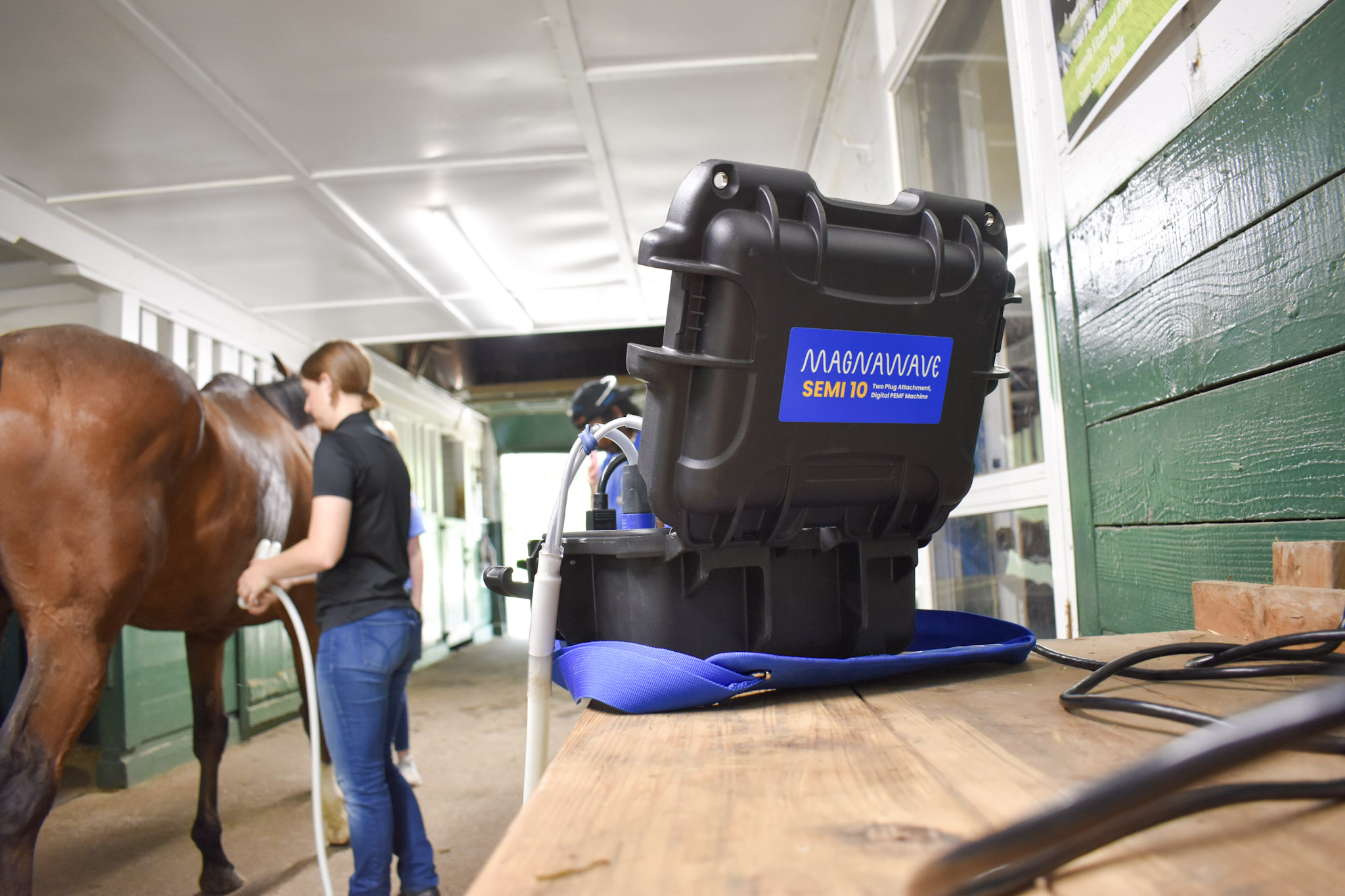
Have Questions?
If you’re interested in finding the best machine for your goals, take the machine quiz below!

